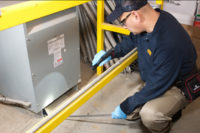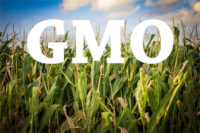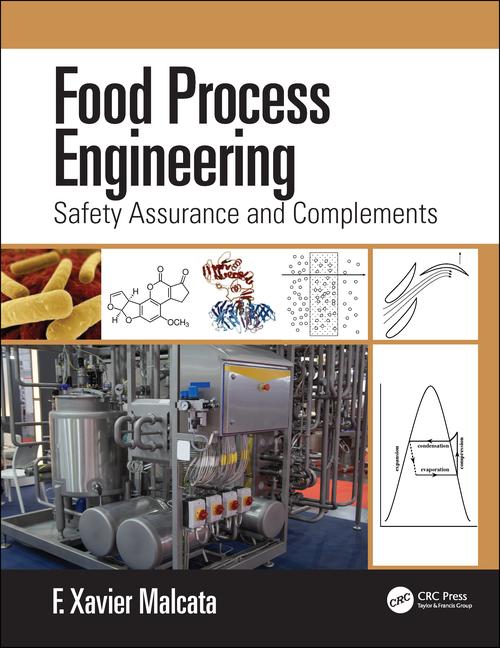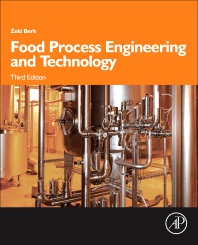Food supply safety—and its connection to pest control—was the central theme of this year’s Pest Invasion 2014: Premier Food Industry Pest Management Seminar.
The annual seminar was held in April by McCloud Services, a pest management company headquartered in South Elgin, IL.
More than 340 pest management, environmental health and food safety professionals gathered at the conference to hear speakers share their thoughts on topics such as FDA’s Food Safety Modernization Act, changes in pheromone monitoring and control options for pests that invade stored products.
Key takeaways from the seminar included the shift in food production from the U.S. to countries like China, Brazil and Mexico which could have implications on food safety if production standards differ.
According to McCloud, while the geography of food productions has changed, so have eating and preparation habits, with a trend toward eating raw foods that could increase the risk of food borne illnesses. Foods like spinach and leafy greens are more commonly associated with these illnesses.
Also a concern at the seminar was economically motivated food adulteration, which is a deliberate contamination of food to increase profit.
Shifting toward pest control, the session highlighted new research in UV bulbs used in insect light traps.
According to the presented research, there is a potential to increase a bulb’s lifespan, as studies showed no significant difference between attracting pests to an aged bulb as opposed to a new bulb. Similarly, research showed no significant difference in pest attraction to white glue boards in insect light traps as opposed to black glue boards.
The seminar also discussed nontoxic, colored monitoring rodent baits that McCloud said can be useful in determining the ranges and travel paths of rodents. One study found mice moving 14 stories inside a building. In this way, speakers emphasized the importance of using analysis not only when performing initial rodent management, but also on a continued basis.










